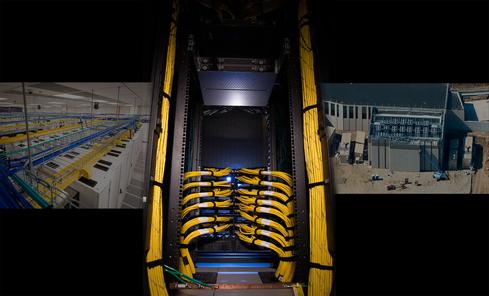Red Hat Enterprise Linux 7: What's NewRed Hat Enterprise Linux 7: What's New
Red Hat's Enterprise Linux Release 7 will support XFS files, Active Directory, and Docker containers.


6 Models Of The Modern Data Center
6 Models Of The Modern Data Center (Click image for larger view and slideshow.)
Red Hat released the 7.0 version of Red Hat Enterprise Linux today, with embedded support for Docker containers and support for direct use of Microsoft's Active Directory. The update uses XFS as its new file system.
"[Use of XFS] opens the door to a new class of data warehouse and big data analytics applications," said Mark Coggin, senior director of product marketing, in an interview before the announcement.
The high-capacity, 64-bit XFS file system, now the default file system in Red Hat Enterprise Linux, originated in the Silicon Graphics Irix operating system. It can scale up to 500 TB of addressable memory. In comparison, previous file systems, such EXT 4, typically supported 16 TBs.
RHEL 7's support for Linux containers amounts to a Docker container format integrated into the operating system so that users can begin building a "layered" application. Applications in the container can be moved around and will be optimized to run on Red Hat Atomic servers, which are hosts that use the specialized Atomic version of Enterprise Linux to manage containers.
[Want to learn more about Red Hat's commitment to Linux containers? Read Red Hat Containers OS-Centric: No Accident.]
RHEL 7 will also work with Active Directory, using cross-realm trust. Since both Linux and Windows are frequently found in the same enterprise data centers, cross-realm trust lets Linux use Active Directory as either a secondary check on a primary identity management system, or simply as a trusted source to identify users, Coggin says.
RHEL 7 also has more built-in instrumentation and tuning for optimized performance based on a selected system profile. "If you're running a compute-bound workload, you can select a profile that's better geared to it," Coggin notes.
Could the growing movement toward open source hardware rewrite the rules for computer and networking hardware the way Linux, Apache, and Android have for software? Also in the Open Source Hardware issue of information: Mark Hurd explains his "once-in-a-career opportunity" at Oracle.
About the Author
You May Also Like






